WASHINGTON - Ninety percent of the records in the Internal Revenue Service (IRS) Excess Collection File (XSF) represent $4.75 billion in credits to which taxpayers no longer have a legal claim.
This is a finding in an audit report that the Treasury Inspector General for Tax Administration (TIGTA) publicly released today.
The XSF was established to contain both nonrevenue receipts and tax payments that cannot be associated with the appropriate taxpayers' accounts. Weaknesses in the administration of the XSF can create an environment in which unapplied taxpayer credits are vulnerable to loss and can either overstate or understate potential Government obligations.
Since January 2010, the XSF has grown from $4.7 billion to $5.8 billion, an increase of 23 percent. TIGTA initiated this audit to determine whether the controls over the XSF adequately prevent improper transactions and ensure that expired credits are appropriately accounted for and not exposed to fraud or abuse.
TIGTA determined that 2.94 million (90 percent) of the 3.28 million records, involving $4.75 billion (82 percent) of $5.81 billion in the XSF database, were credits transferred to the XSF to which taxpayers no longer had a legal claim. The retention period for credits in the XSF database does not match the time frames for which taxpayers can claim the credits.
Even though taxpayers have no legal claim to the funds, the IRS retains these credits in the XSF database for seven years, but IRS management could not explain why the credits are maintained for this length of time. The XSF database contains credits that date back to the 1960's.
The potential liability of credits in the XSF database was overstated by $4.7 billion as of July 2014. This amount includes more than $530 million in credits that entered the XSF in Calendar Year 2013. Although the IRS Chief Financial Officer accounts for excess collections on an annual basis, there is no attempt to keep track of the overall accumulated balance of the XSF.
TIGTA reviewed all credits transferred from the XSF greater than $15,000 and found that transfers did not always comply with procedures and managerial approval is not required. Further, XSF controls do not allow managers to identify when taxpayer credits are transferred from the XSF. These control weaknesses increase the risk of undetected fraud.
TIGTA made recommendations to improve IRS controls of the IRS, including shortening the time that credits are in the XSF to the legal timeframes in which taxpayers can use them; using the internal accounting function to track the balances of the XSF, generating reports to track transfers from the accounts, and changing procedures to ensure transfers from the XSF are properly authorized. The IRS only agreed to the last recommended change but declined to limit the time that credits stay in the XSF or to track the accumulated balances of the XSF.
TIGTA believes that all of the recommendations, if implemented, would strengthen controls and improve the administration of the XSF.

